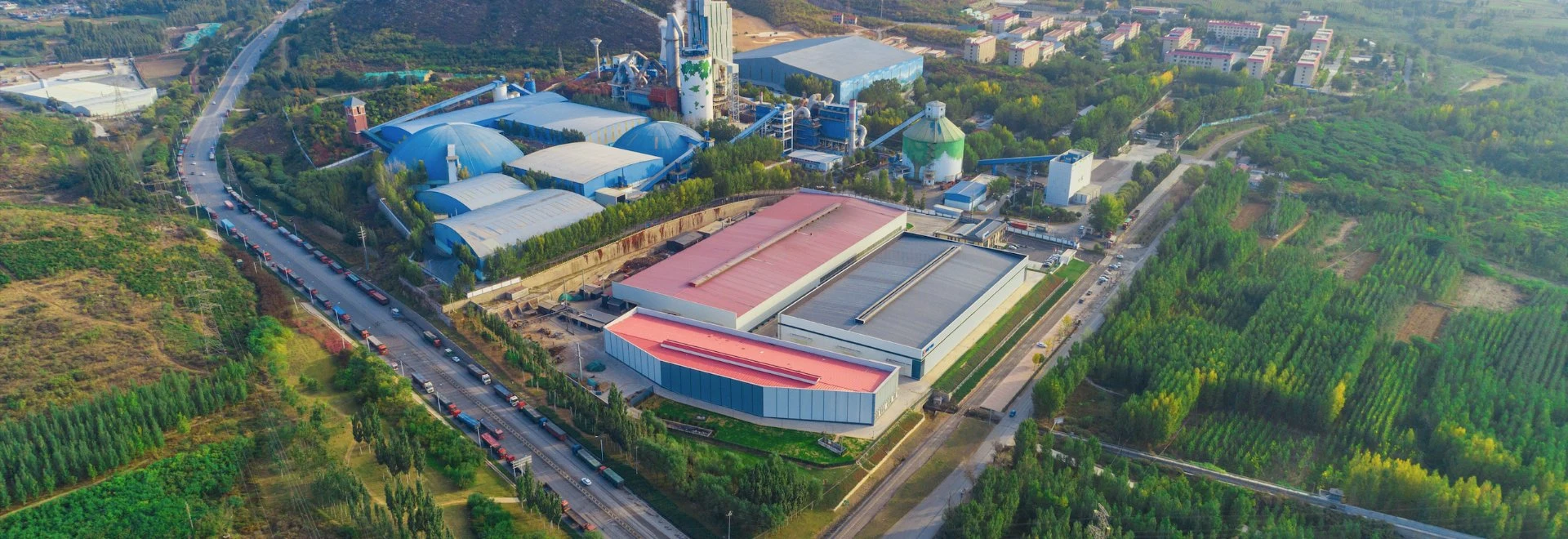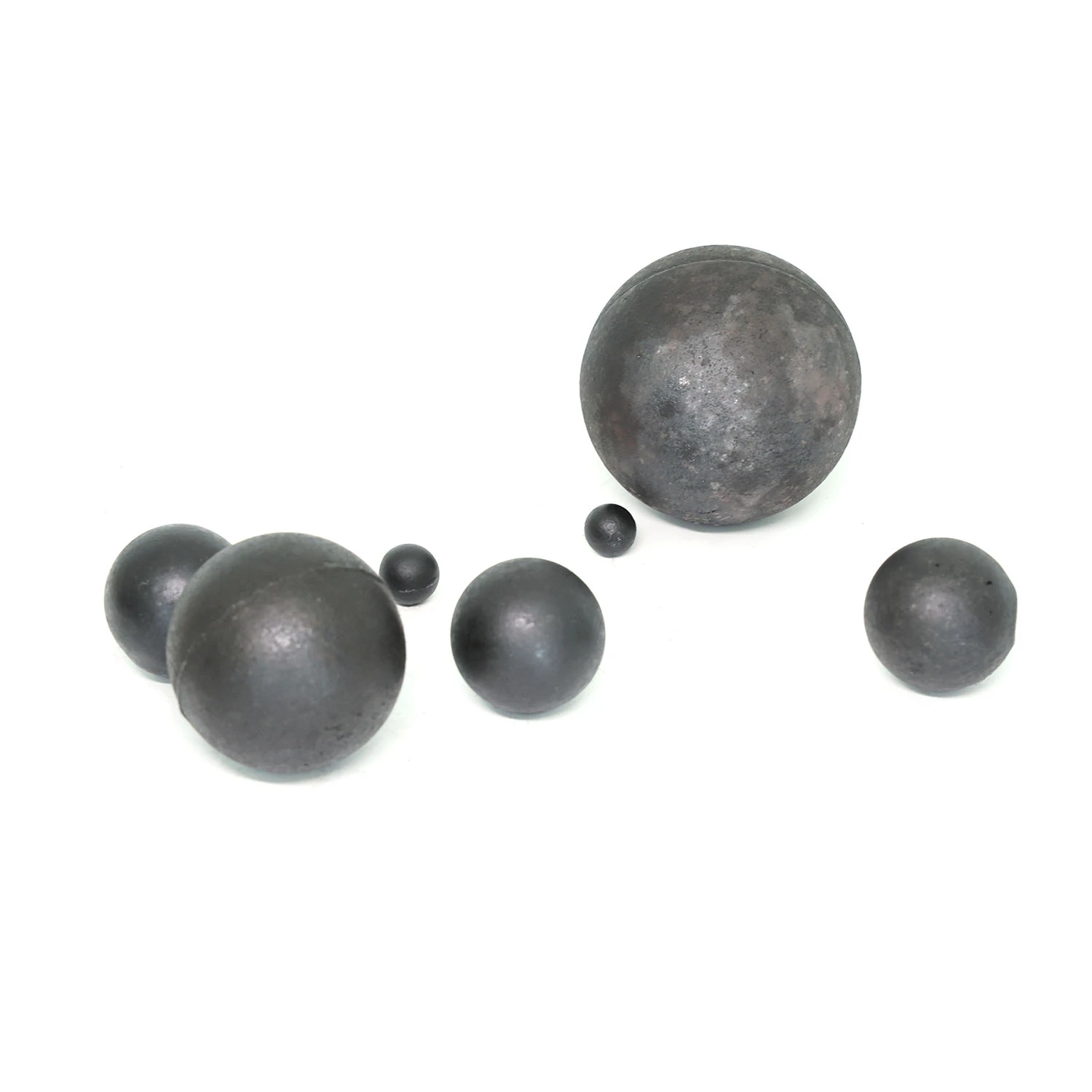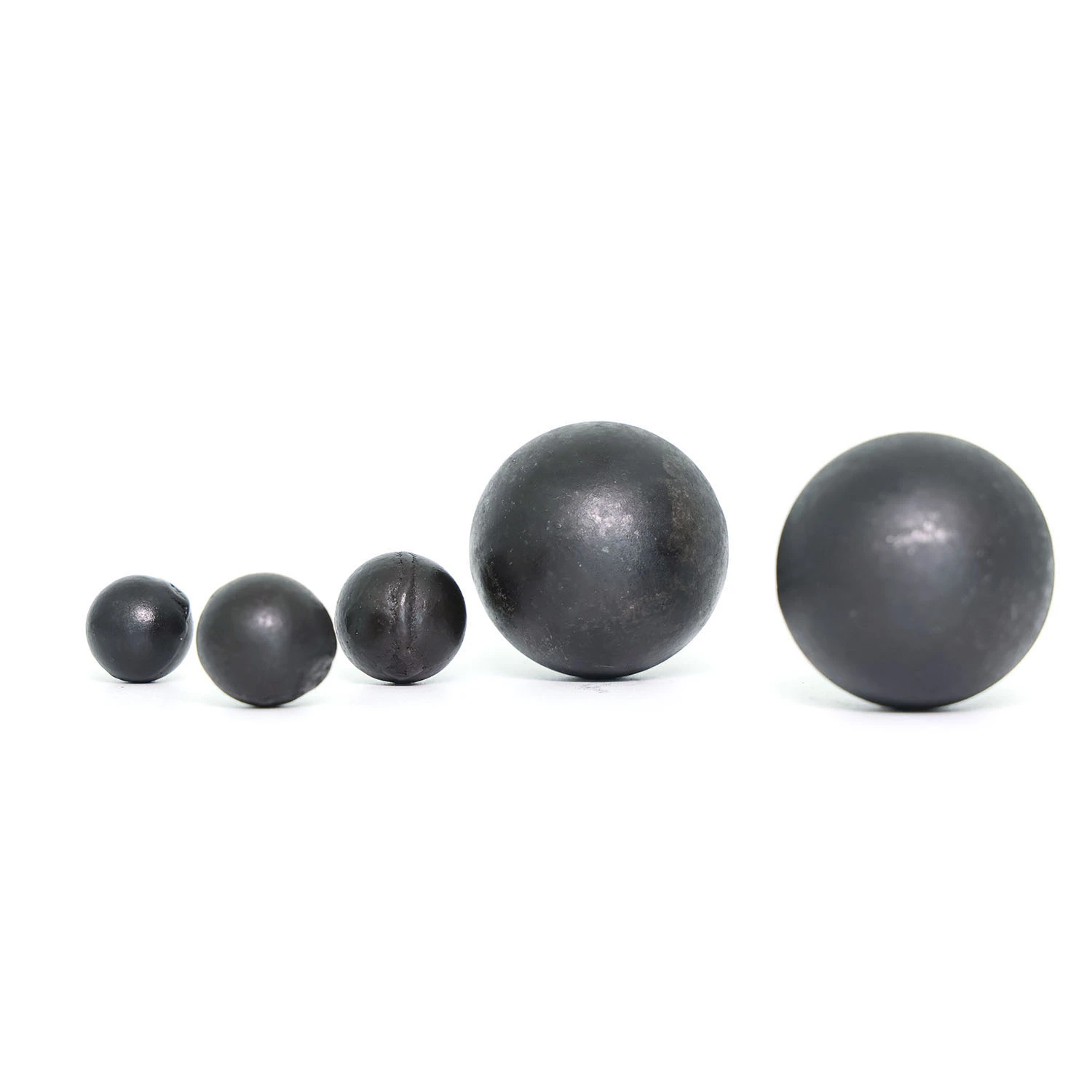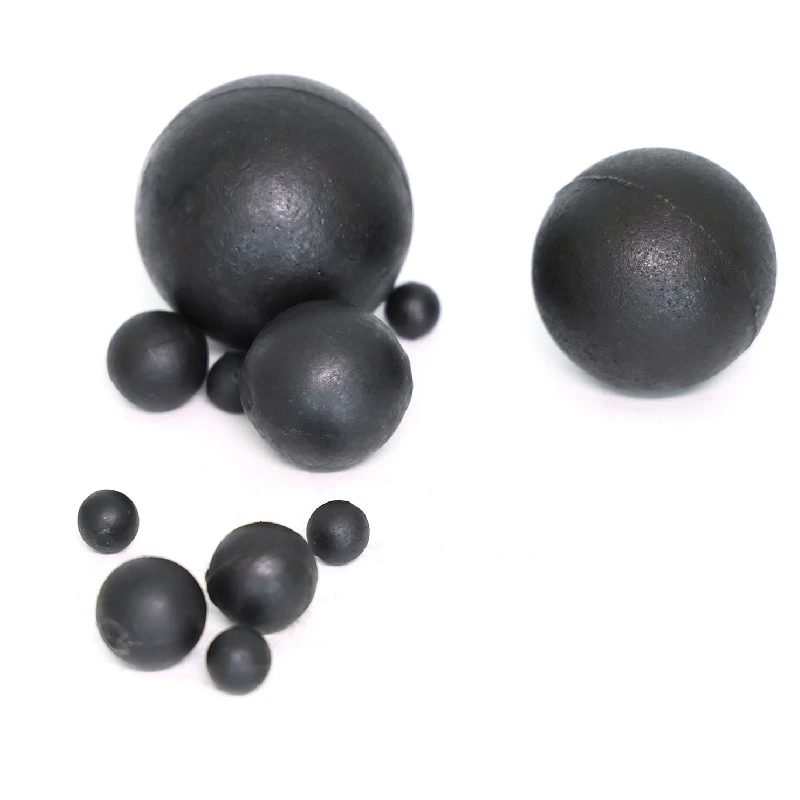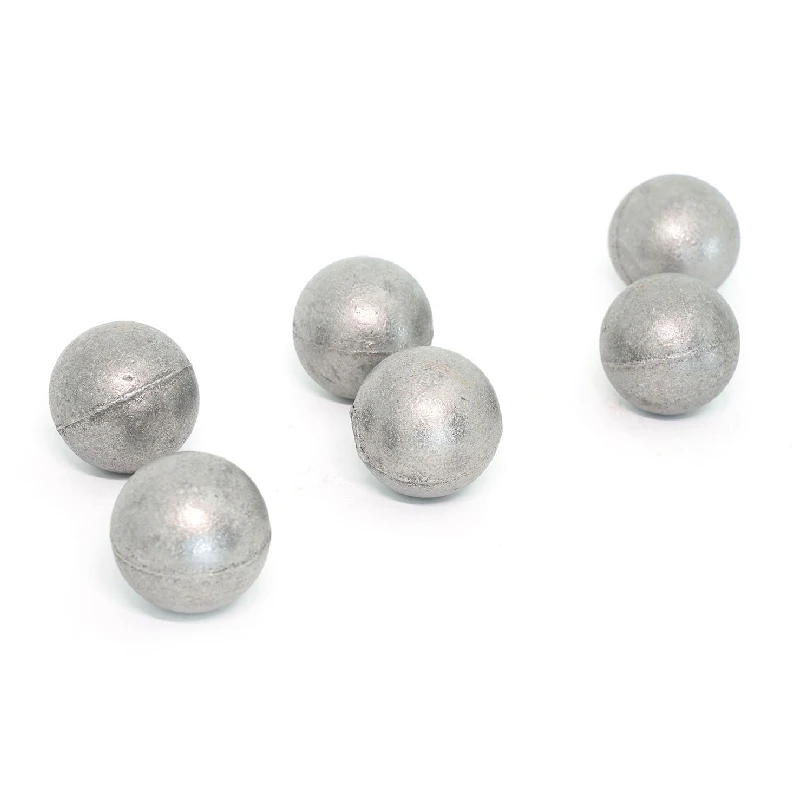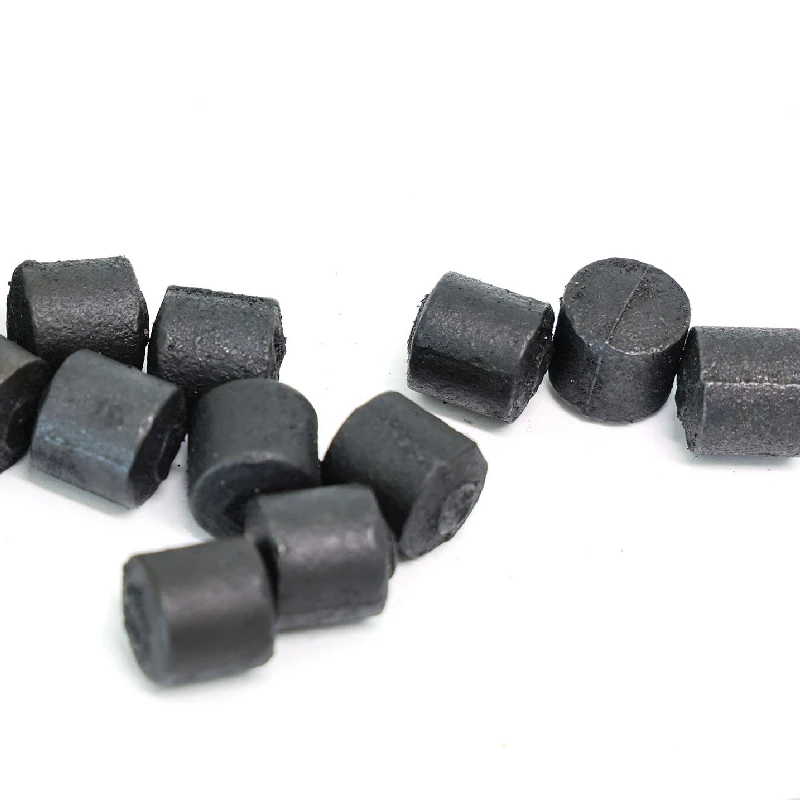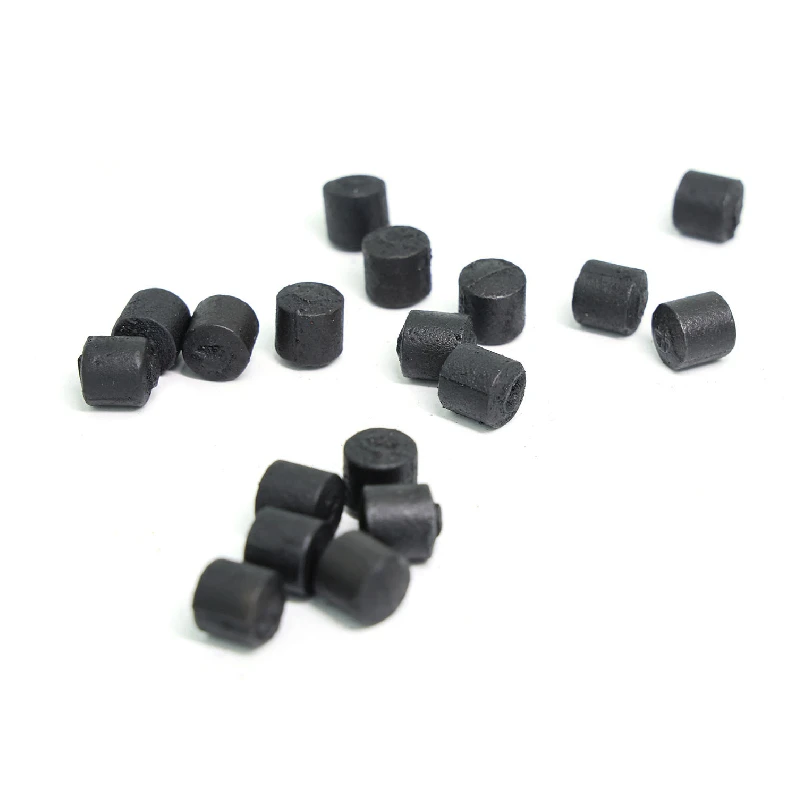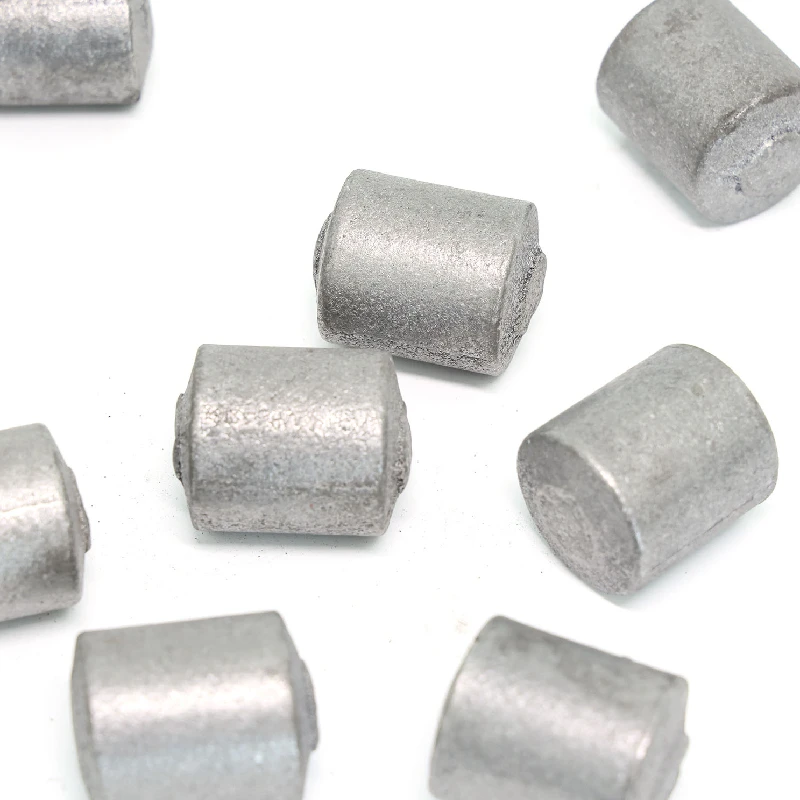- Afrikaans
- Albanian
- Amharic
- Arabic
- Armenian
- Azerbaijani
- Basque
- Belarusian
- Bengali
- Bosnian
- Bulgarian
- Catalan
- Cebuano
- China
- Corsican
- Croatian
- Czech
- Danish
- Dutch
- English
- Esperanto
- Estonian
- Finnish
- French
- Frisian
- Galician
- Georgian
- German
- Greek
- Gujarati
- Haitian Creole
- hausa
- hawaiian
- Hebrew
- Hindi
- Miao
- Hungarian
- Icelandic
- igbo
- Indonesian
- irish
- Italian
- Japanese
- Javanese
- Kannada
- kazakh
- Khmer
- Rwandese
- Korean
- Kurdish
- Kyrgyz
- Lao
- Latin
- Latvian
- Lithuanian
- Luxembourgish
- Macedonian
- Malgashi
- Malay
- Malayalam
- Maltese
- Maori
- Marathi
- Mongolian
- Myanmar
- Nepali
- Norwegian
- Norwegian
- Occitan
- Pashto
- Persian
- Polish
- Portuguese
- Punjabi
- Romanian
- Russian
- Samoan
- Scottish Gaelic
- Serbian
- Sesotho
- Shona
- Sindhi
- Sinhala
- Slovak
- Slovenian
- Somali
- Spanish
- Sundanese
- Swahili
- Swedish
- Tagalog
- Tajik
- Tamil
- Tatar
- Telugu
- Thai
- Turkish
- Turkmen
- Ukrainian
- Urdu
- Uighur
- Uzbek
- Vietnamese
- Welsh
- Bantu
- Yiddish
- Yoruba
- Zulu
Feb . 18, 2025 12:03 Back to list
High Manganese Steel Liner
Steel 1.3401, also known as Hadfield steel or high-manganese steel, stands as a unique and essential material in the realm of industrial applications. For specialists and industry professionals looking to deepen their understanding of this versatile alloy, it’s essential to explore its transformative impact on modern engineering and manufacturing processes.
What solidifies 1.3401 as an authoritative choice in steel selection is its historical significance and ongoing relevance. Developed by Sir Robert Hadfield in the 1880s, this alloy quickly set industrial standards due to its unique characteristics. Over the decades, it has not only retained its importance but has seen its usage diversify across various sectors including railway systems, cement mixers, and even in the agricultural field with plow blades. Trust is paramount in industries where failure can have catastrophic consequences. Steel 1.3401 commands trust through proven results and rigorous testing. Quality assurance is inherent to its manufacture, with each batch subjected to stringent controls to ensure that it meets both international standards and customer-specific requirements. Industry certifications further reinforce this trust, signifying adherence to top-notch safety and quality guidelines. For those immersed in product development or machinery maintenance, leveraging the unparalleled qualities of Steel 1.3401 imparts an edge over competitors. It equips industry leaders with the assurance of reliability, enabling them to focus on innovation and productivity, rather than on frequent maintenance and replacements. Such dependability fosters a reputation for quality, essential in maintaining market dominance and customer loyalty. In conclusion, Steel 1.3401's established history and continued innovation render it not merely a material choice but a strategic asset for any organization seeking to enhance durability and performance of their products. Its authoritative standing in the market reflects a perfect blend of practical application, historical significance, and consistent advancements in metallurgical science. Engaging with this steel isn’t just about meeting current needs; it’s about setting a foundation for longevity, efficiency, and success in the competitive landscape of industrial manufacturing.
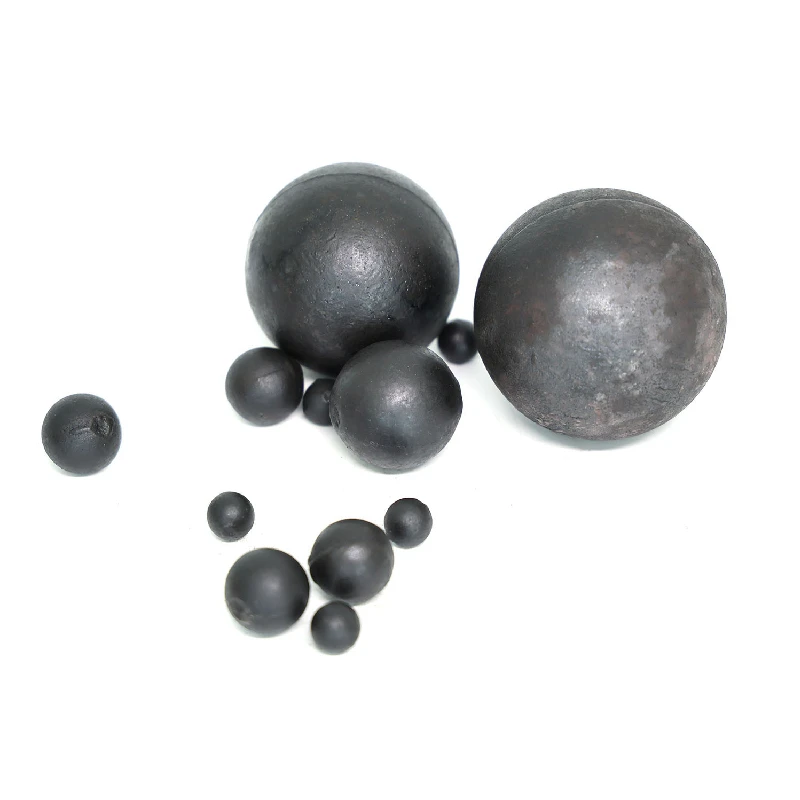

What solidifies 1.3401 as an authoritative choice in steel selection is its historical significance and ongoing relevance. Developed by Sir Robert Hadfield in the 1880s, this alloy quickly set industrial standards due to its unique characteristics. Over the decades, it has not only retained its importance but has seen its usage diversify across various sectors including railway systems, cement mixers, and even in the agricultural field with plow blades. Trust is paramount in industries where failure can have catastrophic consequences. Steel 1.3401 commands trust through proven results and rigorous testing. Quality assurance is inherent to its manufacture, with each batch subjected to stringent controls to ensure that it meets both international standards and customer-specific requirements. Industry certifications further reinforce this trust, signifying adherence to top-notch safety and quality guidelines. For those immersed in product development or machinery maintenance, leveraging the unparalleled qualities of Steel 1.3401 imparts an edge over competitors. It equips industry leaders with the assurance of reliability, enabling them to focus on innovation and productivity, rather than on frequent maintenance and replacements. Such dependability fosters a reputation for quality, essential in maintaining market dominance and customer loyalty. In conclusion, Steel 1.3401's established history and continued innovation render it not merely a material choice but a strategic asset for any organization seeking to enhance durability and performance of their products. Its authoritative standing in the market reflects a perfect blend of practical application, historical significance, and consistent advancements in metallurgical science. Engaging with this steel isn’t just about meeting current needs; it’s about setting a foundation for longevity, efficiency, and success in the competitive landscape of industrial manufacturing.
Pervious:
Latest news
-
Grinding Cylpebs and Their Impact on Milling Efficiency
NewsDec.27,2024
-
Art of Choosing and Loading Mill Media
NewsDec.27,2024
-
Maximize Your Milling Efficiency with the Right Grinding Media
NewsDec.18,2024
-
Importance and Applications of Ceramic Milling Media in Various Industries
NewsDec.18,2024
-
High Chrome Steel Grinding Balls
NewsDec.18,2024
-
High Chrome Grinding Media Balls and Their Role in Industrial Milling
NewsDec.18,2024
Realted Products

